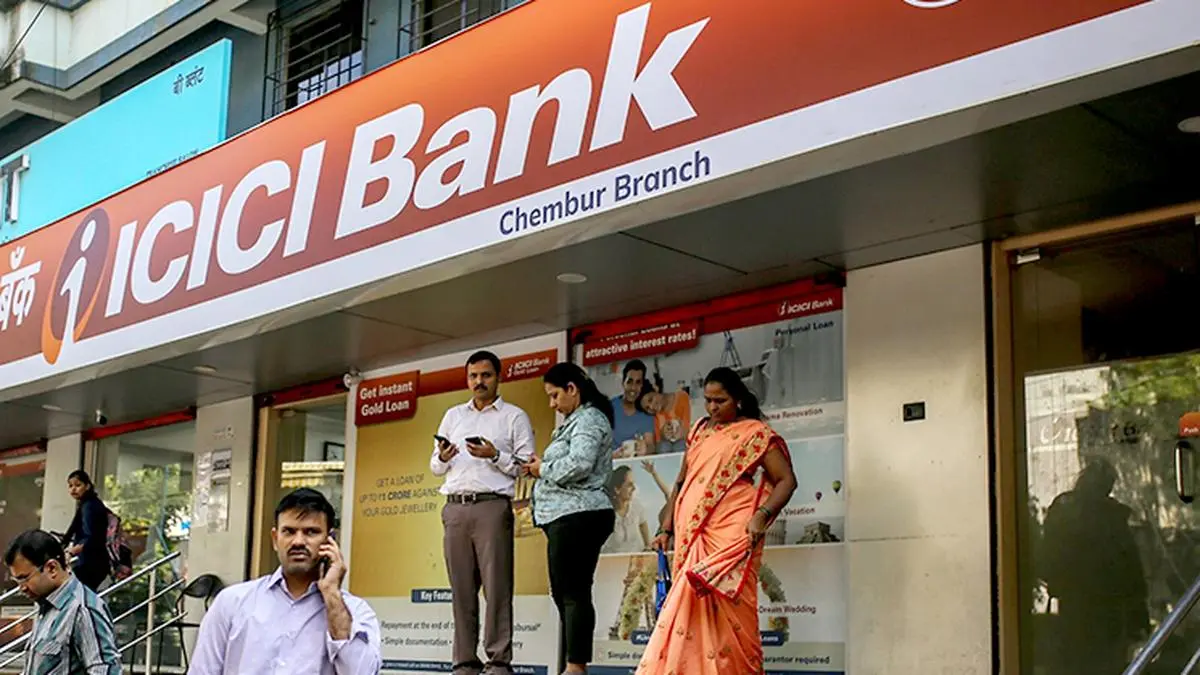HinduBusinessLine
1d
49

Image Credit: HinduBusinessLine
Banks clean unsecured book with aggressive write-offs in FY25
- State Bank of India (SBI) reported write-offs of ₹26,542 crore in FY25, an increase from ₹17,645 crore in FY24. ICICI Bank's write-offs rose to ₹9,271 crore from ₹6,091 crore in FY24, while Axis Bank's write-offs increased to ₹11,833 crore from ₹8,865 crore in FY24.
- Write-offs mainly consist of small-value loans, particularly in the SME and agriculture sectors. Recovery in written-off accounts has been around 20% in the last three years. In retail, recovery is expected to be lower due to the nature of consumer and personal loans without security.
- Banks follow a rule-based approach to write-offs, with accounts written off after full provisioning and elapsation of time. Effective credit management involves stages like underwriting quality, monitoring to prevent non-performing loans, upgrading NPAs, and deciding on further engagement or exiting through ARC route.
- RBI's Financial Stability Report (FSR) in December raised concerns about the sharp rise in write-offs, suggesting it might mask deteriorating asset quality and underwriting standards, especially in private sector banks.
Read Full Article
3 Likes
For uninterrupted reading, download the app